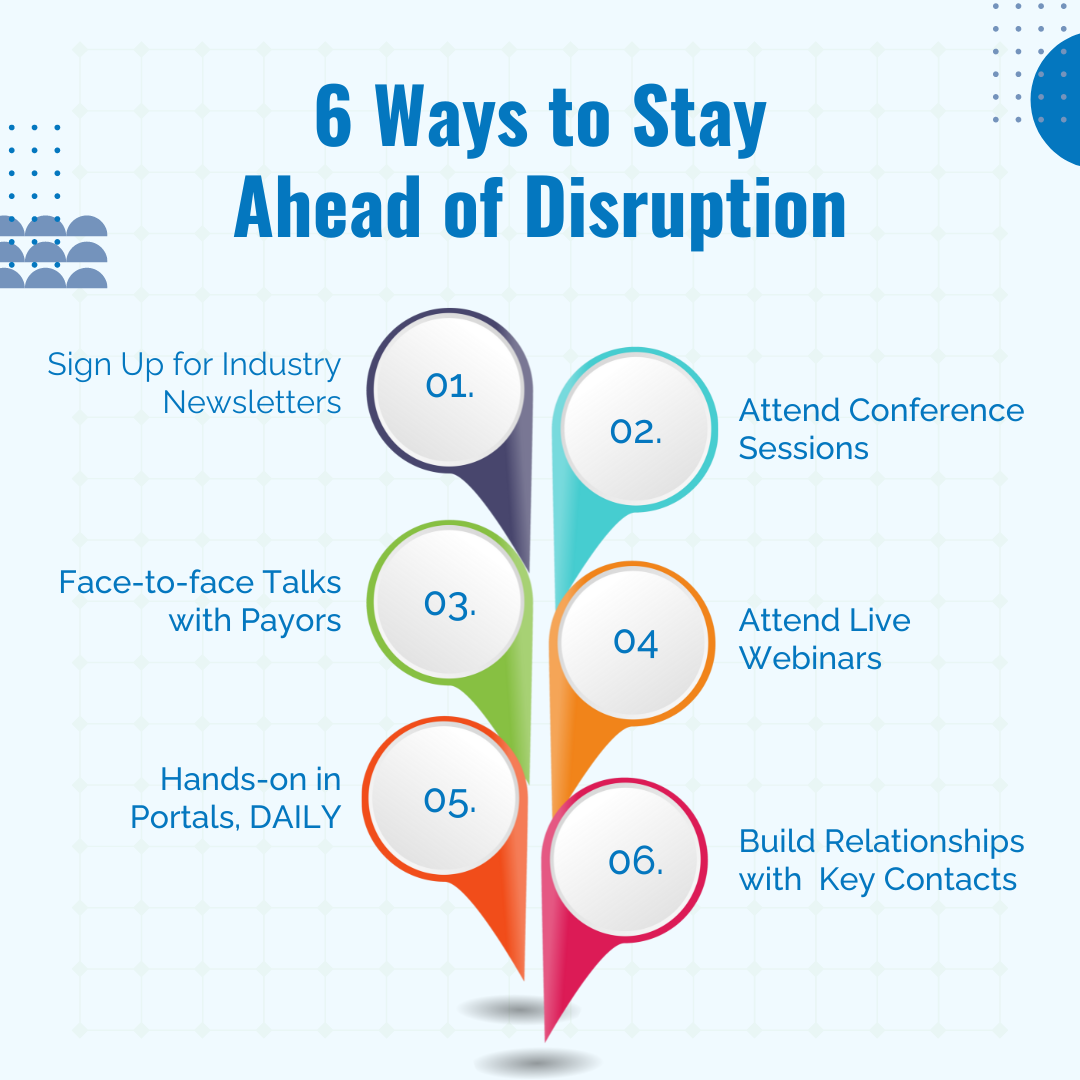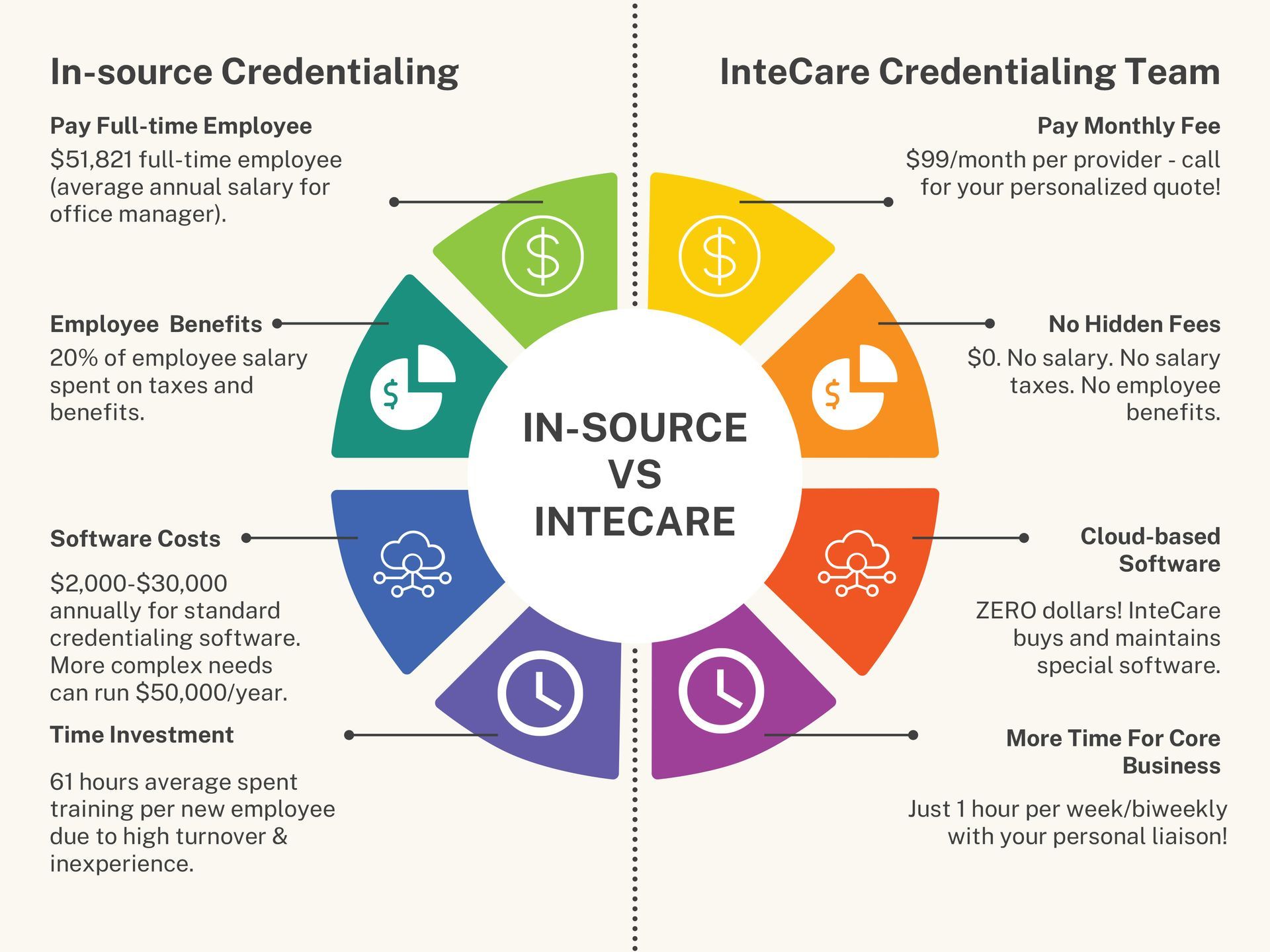Human-centered Healthcare Design For Wellness And Healing: 6 Tips
Human-centered Healthcare Design For Wellness And Healing: 6 Tips
Community health centers are a vital part of the healthcare delivery system. Your hard work increases access to healthcare services for rural and underserved populations, but running a community health center presents many unique challenges including
- Securing funding
- Staffing shortages and high turnover
- Keeping pace with progress in medical science
- Addressing healthcare disparities in marginalized populations
You have a lot on your plate just to keep your healthcare center running smoothly. So I bet the last thing on your mind is design, but it can be super beneficial to your community to make healthcare design choices that promote wellness and healing.
Even if you don’t have the resources for a full clinic makeover, you can implement
6 simple solutions to create a calm, inviting atmosphere that boosts patient satisfaction and fosters an environment of wellness.
(PLUS, you’ll discover benefits are twofold, also improving staff satisfaction and wellbeing!)
#1 Increase natural light for overall comfort and reduction of stress
Lighting is much more than simply illuminating dark spaces. Lighting stimulates the production of serotonin, AKA the happiness hormone, and melatonin, responsible for regulating sleep. In addition, reduced lighting leads to fluctuations in cortisol levels, the stress hormone, creating many ill effects, including drowsiness.

Critically, the body's natural response to light is what regulates our biological clock —the circadian rhythm—which affects everything from cognition to blood pressure to the sleep/wake cycle. Human-centric healthcare starts with balancing natural and man-made light to boost productivity and enhance mood.
#2 Incorporate local community, history, and traditions for a familiar feel
Community health centers are often a well-known and integral part of the area. Symbolizing the overall well-being of the local community, efforts to include and celebrate the neighborhood’s unique history and traditions in the healthcare design stage create a better patient experience.
When the clinic becomes a gathering point for wellness activities, like yoga and adult education, or even a source for healthy food, there is greater community engagement and more positive outcomes!
#3 Celebrate local landscape and nature by orienting views
Biophilia has become a buzzword in design for a good reason. It has long been known that nature has positive impacts on health and the reduction of stress. So what is biophilia? According to
Psychology Today, “biophilia describes the human drive to connect with nature and other living things.”

Studies have proven that human exposure to nature can promote well-being and healing. Therefore, by incorporating nature into healthcare design, you can give your patients and staff all the benefits of human interaction with nature.
#4 Upgrade to ergonomic solutions for both patient and staff comfort
Smart ergonomic solutions can minimize and even
eliminate health risks. Product solutions include a range of intuitively adjustable tables, keyboard supports, monitor arms, mobile medical carts, task lighting, etc. Special attention should be made to ergonomics to keep both patients and staff comfortable and safe.
#5 Utilize tranquil colors for walls, artwork, and accents
This is probably the easiest and most widely discussed strategy for creating calm spaces. When you enter spaces that execute tranquil design well, you immediately feel calmer and at peace. But designing for calm goes beyond painting peaceful colors. Thinking back to strategy #4, let natural design dictate color choices and accents within your community health center:
- Paint with earthy colors like greens and brown
- Incorporate natural elements like trees and plants throughout the clinic
- Create spaces that imitate patterns found in nature, like bark, rivers, stars, etc.
- Accessorize with natural colored furniture and feature natural elements for decor

#6 Create private, relaxing spaces that give patients and staff respite during times of high stress and anxiety
If you can carve out a relaxation room do it! A dedicated private, relaxing space will deliver a myriad of benefits for patients and staff, like reduction of stress and even elimination of healthcare burnout. If you don’t have the space, you can get creative. For example, you can use balconies, courtyards, extra space in a bathroom, etc.
The key here is to get people to use the space through role modeling. Leadership should regularly use these spaces to encourage use by patients and staff. Staff should be given frequent breaks and opportunities to safely recharge, as well as training to identify patients in need of privacy and offer them access to these wellness spaces.
The takeaway:
There are SO many healthcare design strategies that can create a calmer, more positive environment for better outcomes. But ultimately it starts with a shift to human-centered healthcare design. Let your community’s heart and soul inspire healthcare design that promotes greater wellness.
At InteCare we help healthcare organizations streamline their credentialing and enrollment process to better serve their community, learn more
here!









